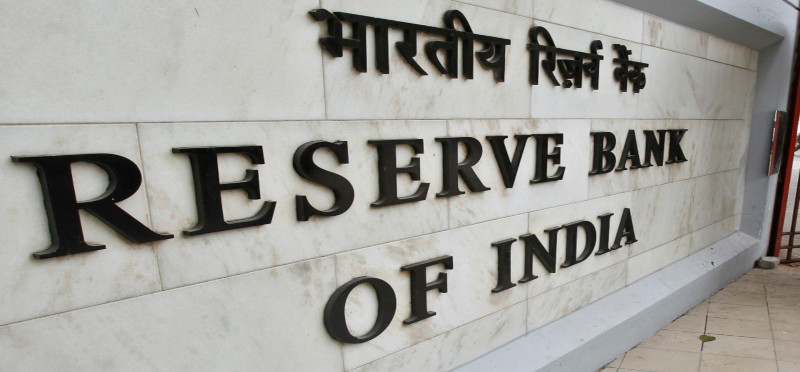
In News
In a significant move that will help the central government to tide over the current economic slowdown, the Reserve Bank of India (RBI) is set to transfer 1.7 lakh crores as a dividend.
In-Detail
- In the recently concluded board meeting, the RBI has decided to transfer 1.76 lakh crores to the central Government which includes Rs. 28000 crore it has transferred in February 2019 as interim dividend.
- Of the 1.76 lakh crores, 1.23 lakh crores are the RBI’s surplus for 2018-19 and Rs. 52,637 crore is excess provisioning under the revised Economic Capital Framework that the Central Bank adopted in its board meeting.
- The RBI is of the view that as financial
resilience is within the desired range it has decided to transfer the entire
1.23 lakh crore income to the government.
In the budget 2019-20, Rs. 90,000 crore was estimated as transfers from the RBI, but the 1.76 lakh crores are nearly double the estimate.
Bimal Jalan Committee
- RBI has constituted a committee under the chairmanship of former RBI Governor Bimal Jalan to review its economic capital framework and suggest the quantum of the amount to be transferred to the government as dividend.
- The committee was constituted after the government has demanded more money from the RBI.
- The committee had made a distinction between the two components of economic capital – realised equity and revaluation balances.
- Realised equity – this can be used to meet all the risks or losses. This is capital is primarily built from retained earnings.
- Revaluation Balances – these are risk buffers against market risks.They are unrealized valuation gains and hence were not distributable.
- The committee recognised that the RBI’s provisioning for monetary, financial and external stability is to save the country from any monetary or financial crisis.
- As such, the committee has recommended that the provisioning for risks from retained earnings is referred to as Contingency Risk Buffer (CRB) and to be maintained at 6.5% to 5.5% of RBI’s balance sheet. This comprises 5.5 to 4.5% for monetary and financial stability and 1% for credit and operational risks.
- As per the ‘Surplus Distribution Policy’
recommended by the Committee, the RBI can transfer the entire income to the
government only if the realised equity is above its requirement.
RBI has accepted all the recommendations of the Committee.
Aiding The Government
- With the move, the government can reduce its fiscal deficit estimated at 3.3% of the GDP.
- Also, the government can undertake big capital expenditure to give a boost to the economy and increase liquidity.
Conclusion
After much confusion over how much the RBI can transfer to the government, the Bimal Jala committee has given a clear direction to the RBI on dividend transfer. It is expected that the government will utilise this surplus money to boost the economy which is reeling under recession.

Leave a Reply
You must be logged in to post a comment.